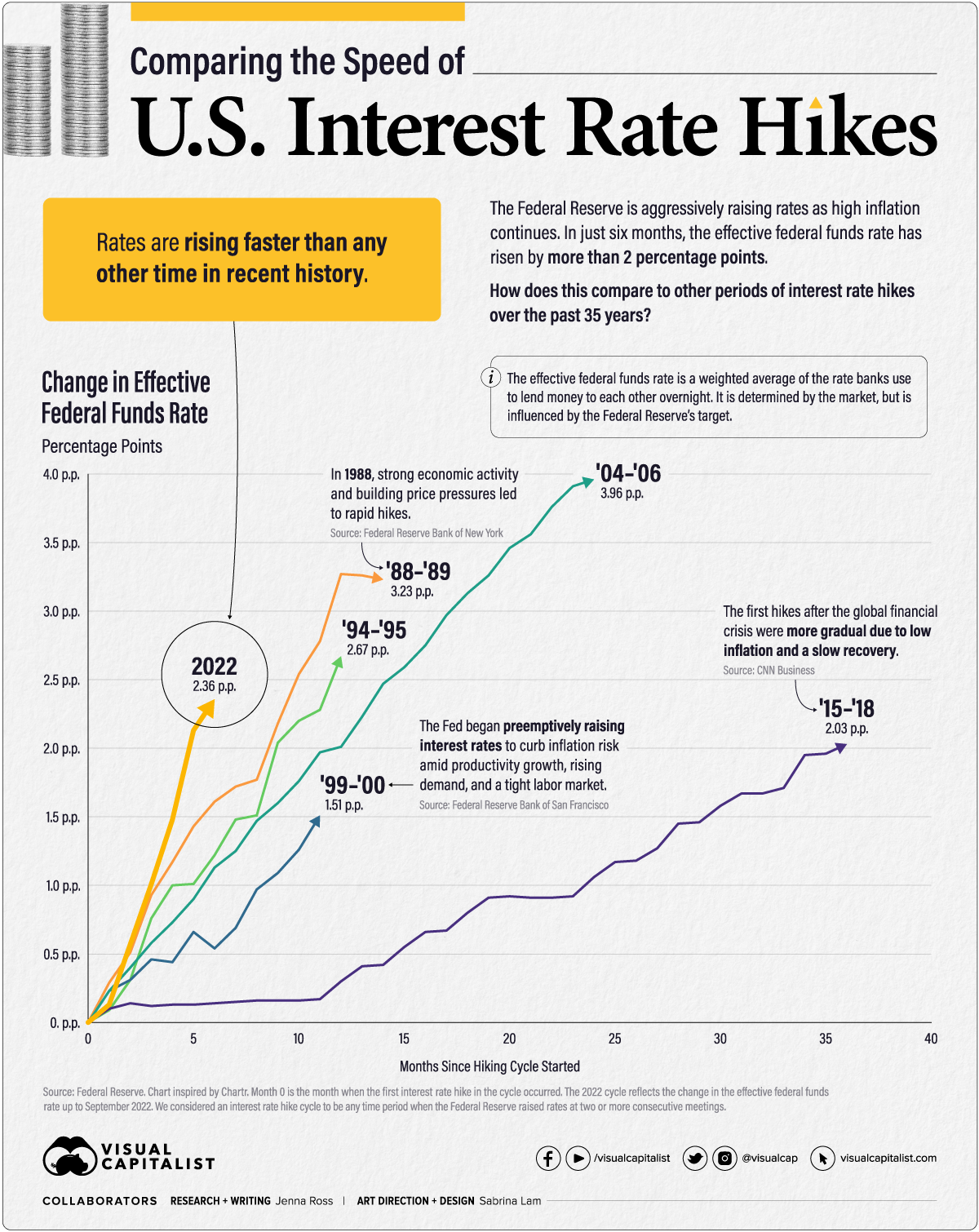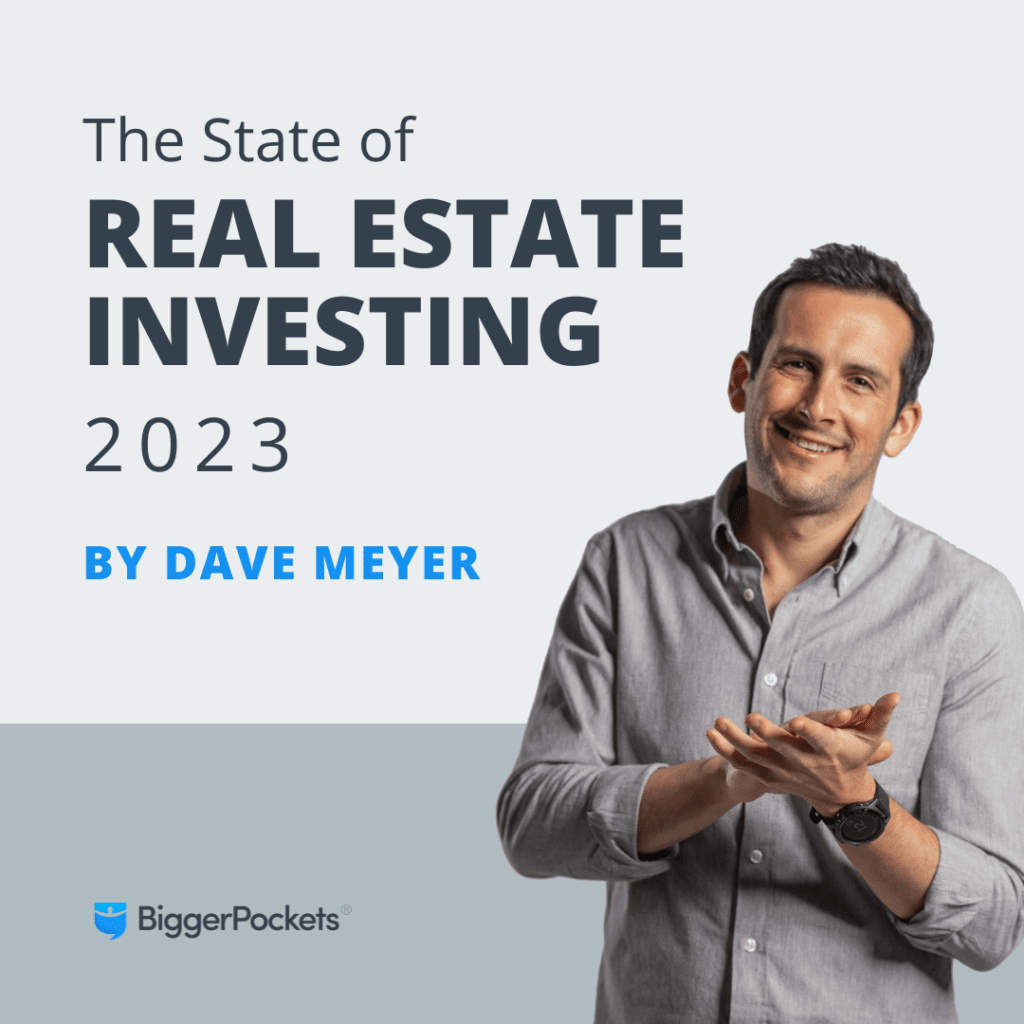I know what you’re thinking. This guy is trying to stretch the SVB headlines into a multifamily real estate investing story. It must be clickbait.
I get it. But I hope you’ll give me a moment to tell you two ways the SVB and other major bank failures could potentially benefit multifamily syndicators and investors. Then you can decide if there’s any substance to my headline.
Like all of us, I watched the news stories unfold swiftly over this past week. Silicon Valley Bank went from paying bonuses to closing shop within days. There is no need to recount the gory details here.
But as I pondered the bad news falling out from this hopefully localized but potentially more significant situation, I realized two potential bright spots for multifamily syndicators and investors. Not just current players—but those eager to get into this currently over-crowded space.
My short-term thesis is speculative, so I freely admit I could be wrong on this one. But I will plant a confident flag on my longer-term discussions below since I believe these outcomes are virtually inevitable.
The Near-Term Impact For Current Syndicators and Investors
Jerome Powell testified in a semi-annual visit to Capitol Hill last week, “If, and I stress that no decision has been made on this, but if the totality of the data were to indicate that faster tightening is warranted, we would be prepared to increase the pace of rate hikes,” Powell told the U.S. House of Representatives Financial Services.
The conclusion of many Fed watchers was an interest rate hike of 0.25% to 0.5% on March 22. This is not a surprise since Powell is a disciple of 1980s Fed chair Paul Volcker (who raised rates to 20% on the eve of Reagan’s presidency) and the difficulty the Fed is having reining in inflation.
Silvergate Bank collapsed at about the same time. Followed by Silicon Valley Bank the next week. Then Signature Bank last weekend. Now the waters are roiling across the pond at Credit Suisse.
Though onlookers rightly blame decisions made by bank management, the situation at SVB was clearly a match lit by rapidly rising interest rates. Unprecedentedly rapid.
Check out this graphic showing the speed of these increases compared to prior periods:

Though the Federal Reserve’s actions were designed to curb inflation, I doubt bank failures were an intended consequence. The speed of these three failures and the way this has dominated the news cycle has caused widespread fear.
“Which bank is next?”
“Are my deposits safe?”
“How will this impact my line of credit or mortgage?”
How This Situation Could Be Good In the Short-Term
A lot of multifamily deals are in big trouble. Lower, floating rate debt was the drug of choice this past season as syndicators looked for every way to pencil deals to edge out overzealous competitors in a race to the bottom.
With no prepayment penalties, floating rate debt also provided a more accessible out for syndicators planning to add value and sell quickly. This strategy generated billions in profits for investors in recent years.
But floating debt has come back to bite syndicators and investors in this season of soaring interest rates. Ballooning interest payments are crippling cash flow, shuttering investor distributions, and putting investor equity in serious jeopardy.
The soaring projected cost of renewing interest rate caps is resulting in lenders demanding much higher reserves. A syndicator friend reported that one of his deals has historically required monthly reserves for interest rate cap renewal at roughly $2,000. His lender has increased that same monthly escrow to $70,000. (You read that right.)
Syndicators/investors with both floating and fixed-rate debt are suffering added fallout as rent increases have grounded to a halt in most markets. This is profoundly impacting net operating income and values. This is a blow to operators looking to NOI as their potential bailout for declining values due to expanding cap rates. This is a real headache for those who plan to refinance or sell soon.
We’re hearing stories every week about syndicators cutting distributions and discussing margin calls to avoid total losses. We recently heard about a syndicator paying $30,000 monthly out of his pocket to keep a deal afloat.
Though I have no way of confirming this statistic, one knowledgeable attendee at last week’s Best Ever Conference stated in his newsletter that he believes about 30% of the multifamily deals from conference attendees are in trouble at some level.
So the situation is serious. Where is the so-called silver lining from the bank crisis?
As I said, the Federal Reserve must certainly be taking bank failures into account as they determine their next move on March 22. If the Fed decides to slow, delay, or stop interest rate hikes (or even reverse soon), it could provide a reprieve for over-stressed multifamily syndicators and their investors.
This reprieve could include relaxed rate cap reserve requirements, lower cash flow bleed from debt service, less damage to valuations, a higher chance of a successful refinance, and a lower chance of a capital call or losing the deal back to the lender. (Admittedly, this may just delay the inevitable for most.)
While some still believe Powell and the Fed will charge forward with their plan to raise rates, others think a delay is in the works. Goldman Sachs has publicly stated they believe the Fed will not raise interest rates next week in light of this crisis.
It won’t take long to see if this near-term silver lining plays out. But the more certain long-term silver lining will take years.
The Long-Term Silver Lining From Fed Interest Rate Hikes and Bank Failures
In 2016, I published a book on multifamily investing humbly titled “The Perfect Investment”. I’ve been poking fun at myself about it since 2017 or so, however.
I’ve been saying, “The perfect investment isn’t perfect…if you have to drastically overpay to get it.” And I would add: “…if you have to use floating rate debt to make it pencil out.”
It has been tough to find deals that pencil out. In fact, it’s been tough to get multifamily deals at all. On-market or off-market. The competition has blown up to new levels. If you’ve followed my writing, you know I believe this is due to:
- Increased syndication acceptance due to relaxed rules from the JOBS Act.
- Viral visibility and popularity due to social media and other online platforms.
- An explosion of gurus who emerged out of nowhere this decade. Some who weren’t in real estate before the Great Recession may be considered “Newrus” by some.
- Increased investment from those exiting Wall Street’s casinos and international investors.
- The increased popularity of 1031 exchanges with sometimes inflated prices on replacement properties.
- A rising tide that has lifted all boats for a decade—until the tide went out and exposed Warren Buffett’s skinny dippers.
Of course, the steep interest rate hikes have drastically slowed down multifamily investment mania. But these bank failures could undoubtedly result in lenders raising underwriting standards—starting now.
Community and regional banks, which provide many real estate developers and syndicators access to credit, might be reluctant to originate new loans at all. Especially over the short term while the threat of bank runs and more rate hikes loom. (Note that multifamily syndicators have options to acquire agency debt from Fannie Mae, Freddie Mac, and HUD that will not go away in a bank crisis or an inflated interest rate environment.)
Worse for many, these banks may pull the plug on renewing fully performing real estate loans. A friend recently visited a local banker who showed him a thick manila folder filled with performing loans they don’t plan to renew this year.
So, just like in the near term above, this situation is serious. So where is the so-called long-term silver lining from the bank crisis and the Fed rate hikes?
As in any recession, a longer-term impact will undoubtedly be a decreased level of multifamily supply to meet demand which is still growing. We already have a record number of multifamily assets coming online in 2023. But the National Apartment Association and the National Multifamily Housing Council say the U.S. needs to construct 4.3 million more apartments by 2035 to meet the demand for rental housing.
How much is that? That’s roughly a 20% increase over the current national supply. If you want to think of the current supply as constructed over approximately a century, consider that it needs to increase by 20% in just the next 12 years.
And if the Fed hikes, bolstered by bank failures, add brakes to the current construction pipeline, that 12-year window to 2035 will soon drop to single digits (for example, if this slowdown drags on until 2026).
Silver lining? I would certainly say yes.
A hawkish Fed plus a likely constrained credit environment, plus the potential that many popular syndicators will be out of the business in the next cycle, could result in a better environment for many of you who have been eager to get into the business.
But you might not have to wait until the next cycle.
Many distressed multifamily deals will fail in the coming year or two. This could provide opportunities for you to acquire distressed deals at far below appraised value from troubled operators or banks.
Don’t get me wrong. I would take absolutely no pleasure in anyone’s failure, and I hope you feel the same. But this is a fact of life in every market cycle. And this will result in the creation of more wealth than could be acquired in most up cycles.
I’ll close with a quote from Howard Marks, the master of profiting from distressed assets. It would pay for us to listen closely now and also when the tide rises again next cycle.
“In bad times, securities can often be bought for prices that understate their merits. And in good times, securities can be sold at prices that overstate their potential. And yet, most people are impelled to buy euphorically when the cycle drives prices up and to sell in panic when it drives prices down.”
More from BiggerPockets: 2023 State of Real Estate Investing
After years of unprecedented growth, the housing market has shifted course and has entered a correction. Now is your time to take advantage. Download the 2023 State of Real Estate Investing report written by Dave Meyer, to find out which strategies and tactics will profit in 2023.

Note By BiggerPockets: These are opinions written by the author and do not necessarily represent the opinions of BiggerPockets.
